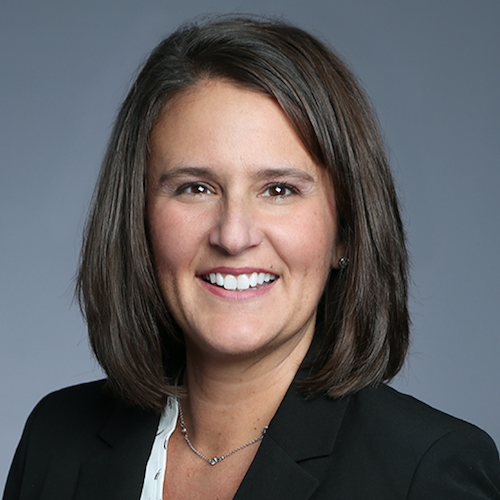
There is no one-size-fits-all approach to operating a skilled nursing facility. In a recent issue of Senior Living Finance Z-news, specialty investment bank Ziegler offers some guidance for not-for-profit providers of skilled nursing services considering downsizing.
Many nursing home providers are looking to restructure and downsize. A 2021 Ziegler CFO Hotline survey showed that more than half of the not-for-profit providers who responded to the poll had or were planning to downsize their skilled nursing footprint. Reasons included staffing pressures, reimbursement challenges and changing consumer demand, according to Lisa McCracken, director of senior living research and development at Ziegler.
McCracken said that many providers have shut down wings or units due to ongoing labor shortages.
“With the increasing operating costs, much of it driven by wage increases and the staffing problems, the gap between what it costs to provide care and what providers are getting reimbursed continues to grow,” McCracken said. “At a certain point, it does not make economic sense to continue the cycle of financial losses. This can mean downsizing of the nursing exposure for some, as well as careful management of the payor mix.”
Additionally, she said, many older adults are looking to age in place, either at home or in independent or assisted living. When discharged from a hospital stay, they would prefer to go home with in-home care rather than going to rehab for a temporary stay.
“An additional downsizing trend related to consumer preference is private rooms. Many not-for-profit skilled nursing providers have downsized through the conversion of semi-private to private rooms,” McCracken said.
What questions, then, should a not-for-profit provider ask itself when considering downsizing? McCracken suggests that leadership teams and boards consider the following as they evaluate the short- and long-term decisions:
- Are current skilled nursing challenges a short-term issue or a longer-term trend that necessitates change?
- Can we financially continue to subsidize losses in our nursing center? How much mission can we afford?
- What would a downsizing of the nursing home footprint mean to our mission?
- What do our consumers want?
- Can we safely provide aging-in-place options?
- Are some of our nursing home challenges a function of a lack of reinvestment and dated offerings?
- Can we modernize into small house or Green House type of models and yield better performance?
- Are we holding onto a legacy skilled nursing facility that may have been around since the founding of the organization simply because we are reluctant to let it go?
- How does the downsizing of skilled nursing affect fundraising and philanthropic endeavors?
- If we downsize nursing, will there be staffing impacts to consider?
“These discussions can often have [a] meaningful impact on the identity of the organization and they are not easy conversations. There is no one strategy that fits all providers in all markets,” McCracken said. “What is predictable, however, is the need for change. We need to spend time in dialogue about what decisions need to be made to be financially viable, true to your mission and aligned with the trends shaping our sector moving forward.”


